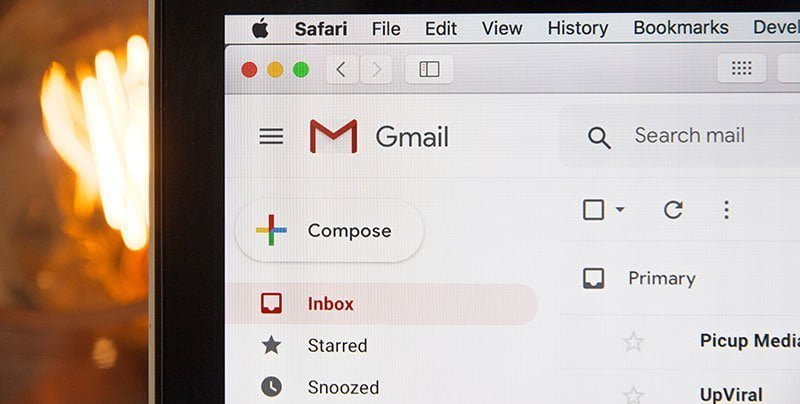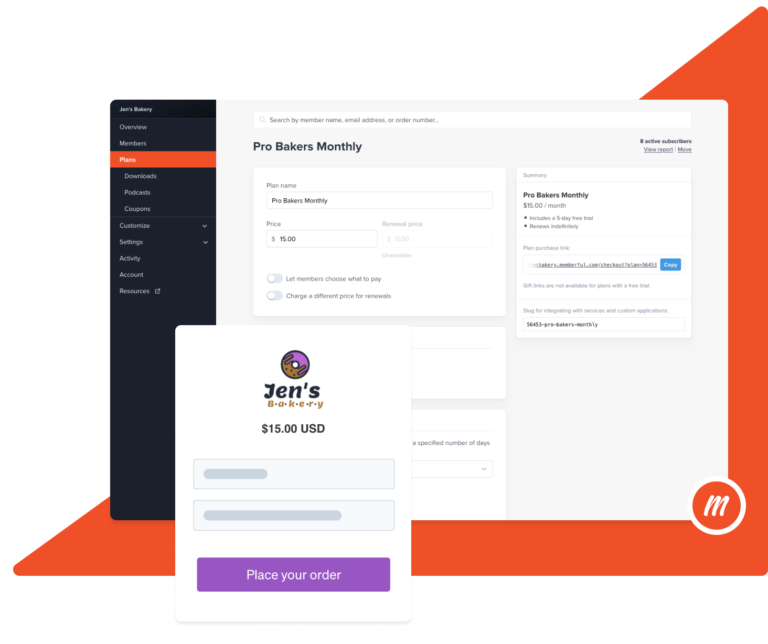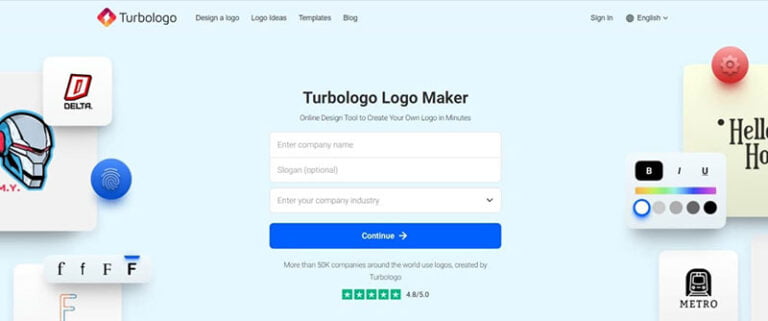
By 2022, Almost half of the Earth’s population has email addresses. Undoubtedly you use it to receive and send correspondence since most of your daily business routine is digitalized. The era of paperwork, such as physical mail or store receipts from your last purchases ends in front of our eyes.
Among email users like you, there are members of your audience, so-called prospects that can be reached out to make conversions from them. That is why it comes as a useful channel for business activities. First, you recognize your target audience and then coherently pitch your message.
Here, we are going to talk about the best practices for email marketing. If you expect your email templates to bring high conversion rates, you may want to pay special attention to your content and how it affects customers. Neglect of the one is a typical misconception for beginners, let’s dive deeper into how to design email.
What is email design?
Table of Contents
From all other properties, design deals with the visual delivery of key messages sent to the customer. In the first part of the 2000s, very few marketers put much attention to email versatile design due to the poor graphic opportunities and poor internet connection speed.
Nowadays, a proper graphic visual of your letter is a must. A successful combination of background, layout, images, fonts, colors and eye-catching Call to Action gives you genuine open rates as a key message is being delivered directly to the clients’ attention without irrelevant side trash. You can use email design services or create it with a custom mobile-friendly approach by paying attention to the main elements of your email.
What design elements should you include in your email:
- Layout — you work on that when you care about the reader to stay calm and attentive. Cluttered and disorganized email makes them disoriented and overwhelmed, so you get their distraction and abandonment as a result. Therefore consider your email layout with UX (User experience) in mind.
- Color — the color spectrum should correspond with your brand code. Combine it with your message mood to set up a tone of voice to get strong emotional responses.
- Background — pay special attention to this aspect. Harmonizing background color with front blocks significantly affects customers orientation inside an email.
- Logos — you may want to see your brand awareness increase even through simple pitches in content. Don’t be shy to customize it with your logo in a way it would not distract your target, work on the ratio and color spectrum.
The importance of effective email design
A successful combination of the email template, color scheme, background, logo elements, subject line, and preheader plus the CTA (Calls to action) button drives your conversions. If you expect your email campaign to be high-performing and bring the results that you are expecting from digital marketing. You have to attract your customer not only by email subject.
Why Does Good Email Design Matter (benefits)?
- It affects email recipients emotionally and influences how they feel and think. Playing with feelings and thoughts gives you an option to control your target’s attitude toward what your brand offers.
- Your ideas become tangible and can be easily read. They buy prospects’ attention and trust by simply being clear and accurate.
- Having the readers’ attention opens the opportunity to pitch your presentation without worrying about misconceptions. All ears customers are good students, therefore, learners — they would like to know more about your company name and brand identity. So, feed them with generously customized dynamic content to encourage their curiosity.
Sticking to this strategy guarantees you higher conversion and click-through rates against standard mailouts sent by millions of marketers over the world. We collected some of the best guidelines that you may keep in mind and come across on the internet, so go ahead and check them out.
Top email design best practices and Digital Email Marketing Tips
Simplicity
Apart from the design, you should pay attention to your text readiness. Research shows that the average reader’s attention span is eight seconds. You might suppose that people avoid reading walls of text, instead examining them for something that might come interesting. Therefore you better structure your well-designed email with subject line, table of contents, preheader text and images in separate meaningful blocks with important information that triggers customers to last until the CTA part. Especially it works great for the industries like Pharma and Life science, where clients value the time spent on correspondence.
Relevancy
According to the research, professional email sent to the segmented groups with relevant information allow for a 7-time increase in revenue. While it seems like dry statistics, it is hard to deny that a potential client most likely wouldn’t open an email with irrelevant information. The recipients are sorted by different locations, has different interests, or is on different customer journey steps.
Instead of launching the same email campaigns, try to segment your recipients into unique groups and send them relevant and personalized email content.
Adaptivity
To increase a click-through rate, you need to make your interactive emails as simple as possible to drive readers to follow hyperlinks. Keep it short. Practice shows us that more than half of designed emails are opened on mobile devices. So if your emails are not adapted for all devices, you probably would face needless difficulty in lead conversions.





